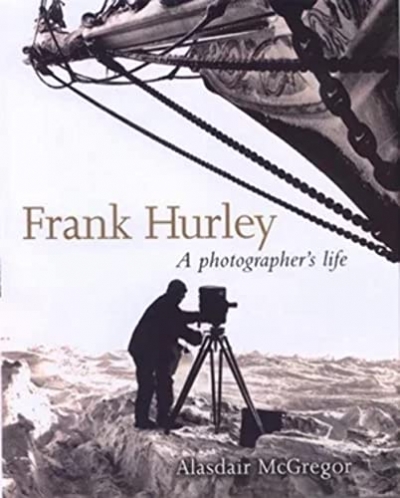Alasdair McGregor
A Forger’s Progress: The life of Francis Greenway by Alasdair McGregor
by Paul Brunton •
Aurora: Douglas Mawson and the Australasian Antarctic Expedition 1911–14 by Beau Riffenburgh
by Alasdair McGregor •
Antarctica: That Sweep of Savage Splendour edited by Alasdair McGregor
by James Bradley •





